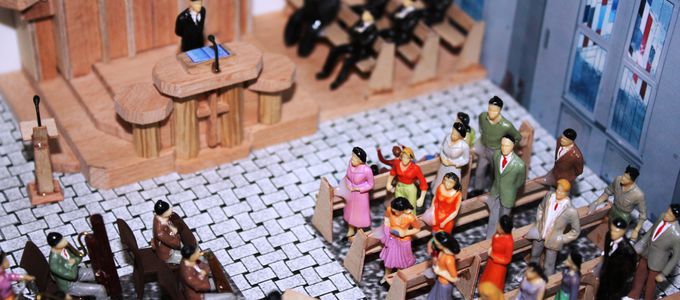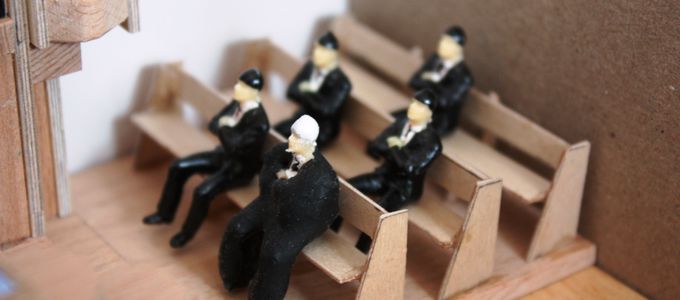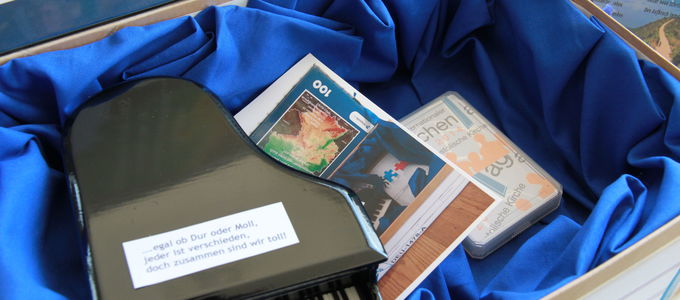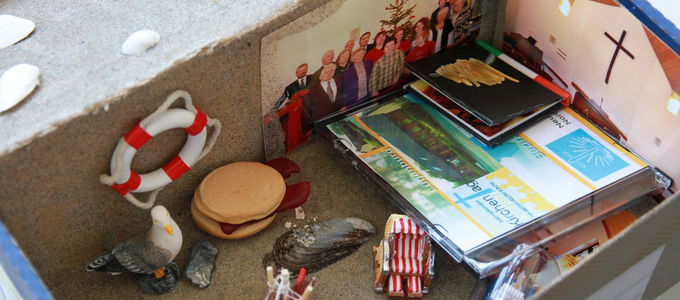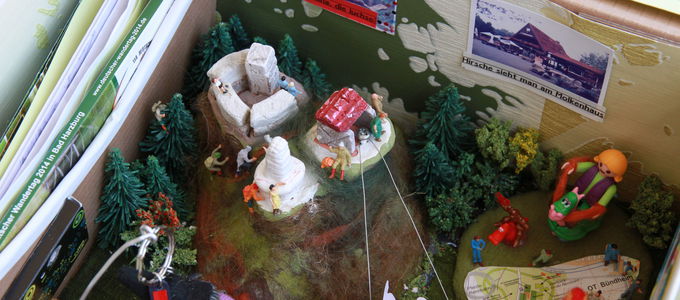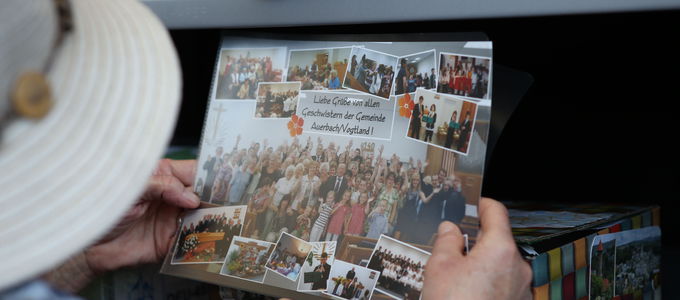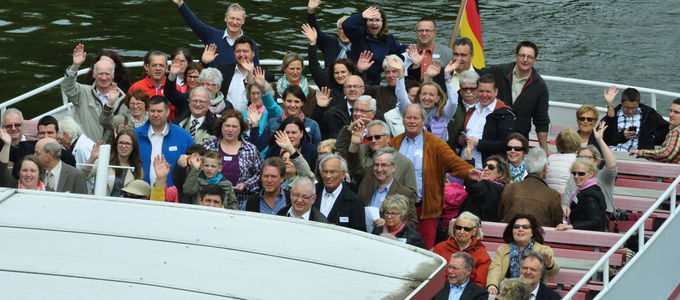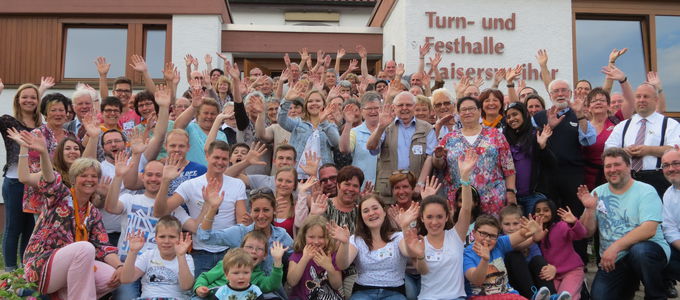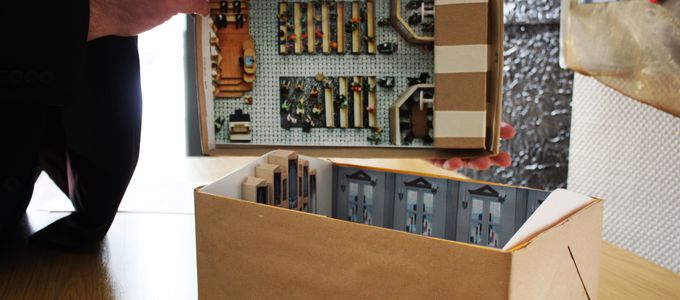
When a whole congregation is made to fit into one box the big wide world becomes a much smaller place. Thanks to a project that was started in connection with the International Church Convention, new ties have been forged. What has become of this project?
Argentina and Uruguay, South Africa and Namibia, Canada and the USA, Australia, Great Britain, France and Germany: these are the countries from which most of the 500 congregations hail that participated in the shoebox campaign. It was designed as a kind of networking opportunity to bring congregations together.
Creative self-portrayal
The campaign was born in a congregation in Germany, in Dorstadt to be exact. The congregation’s organizing committee had come together early in the year 2014 to discuss ideas for the then upcoming Church Convention in Munich. The members came up with the idea that the individual congregations could present themselves in a shoebox and that these boxes then be swapped at the International Church Convention (ICC) in order to build new friendships.
The idea spread and soon real works of art came into being, such as the miniature congregation of Dortmund-Marten—a beautifully crafted project with great attention to detail. The congregation of Essen-Frohnhausen put together a box of spices: coloured peppercorns to signify the mix of people in a congregation, music as the salt in a congregation’s make-up, and sugar and cinnamon as opposites that harmonize beautifully. Already the work on these projects brought the members of the individual congregations closer together.
Swapping boxes
There was a great deal of excitement at the ICC in Munich when the congregations—after depositing their own box—dispatched their designated envoys to pick up a shoebox from another congregation: important was what was inside the box. There was shelf after shelf of boxes to crawl through. When the envoys hit on a box that caught their fancy they took it home with them to follow up on it, although many contacted their new partner congregation already at the ICC.
There were a few interesting twists. The congregation of Berlin-Köpenick (Germany) had had their eye on the box from Rio de Janeiro right from the start, but they were not quick enough in getting to the box. But then the big surprise: the Brazilians picked up the Berlin box. In some cases, shoebox contacts were established over three continents—such as Bethlehem in South Africa with Vernon in Canada and Wolfenbüttel in Germany.
Initial contact
After the first contact—either by email or telephone—the members were really curious as to what their partner congregation would be like. Plans were made to get together wherever possible. Invitations were extended for congregational festivities, outings, sightseeing tours, and even church dedications.
Often the congregations were surprised at how much they had in common, such as the congregations of Sarreguemines in France and Friedrichsdorf in Germany. The founding of the German city of Friedrichsdorf goes back to Huguenots from France. Until the year 1940, services in Friedrichsdorf had been conducted in French. The French guests concluded: “Basically, you are Frenchmen.”
Thoughtful gifts
A great deal of thought went into the gifts for the respective hosts. Ittersbach, a congregation in the south of Germany, brought an apple sapling to be planted in the garden of the Mundelsheim congregation. And Backnang, for example, presented the congregation in Würzburg with an organ pipe as a seed for its new pipe organ.
Many partner congregations met more than once—even across national borders. There was even a case of four congregations getting together. Over the next few weeks, nac.today will report on the most touching and exciting stories that have developed from the shoebox campaign.






